On Nov. 28, 2018, Mrs. Mu from Xiamen breathed a sigh of relief because she can be discharged after three days. She asked Dr. Niu Lizhi, “I just finished cryosurgery yesterday. Don’t you think I need a week for recovery?” Dr. Niu told her that 3 days was enough for her. Hearing this, Mrs. Mu smiled happily and thanked all the nursing staff.
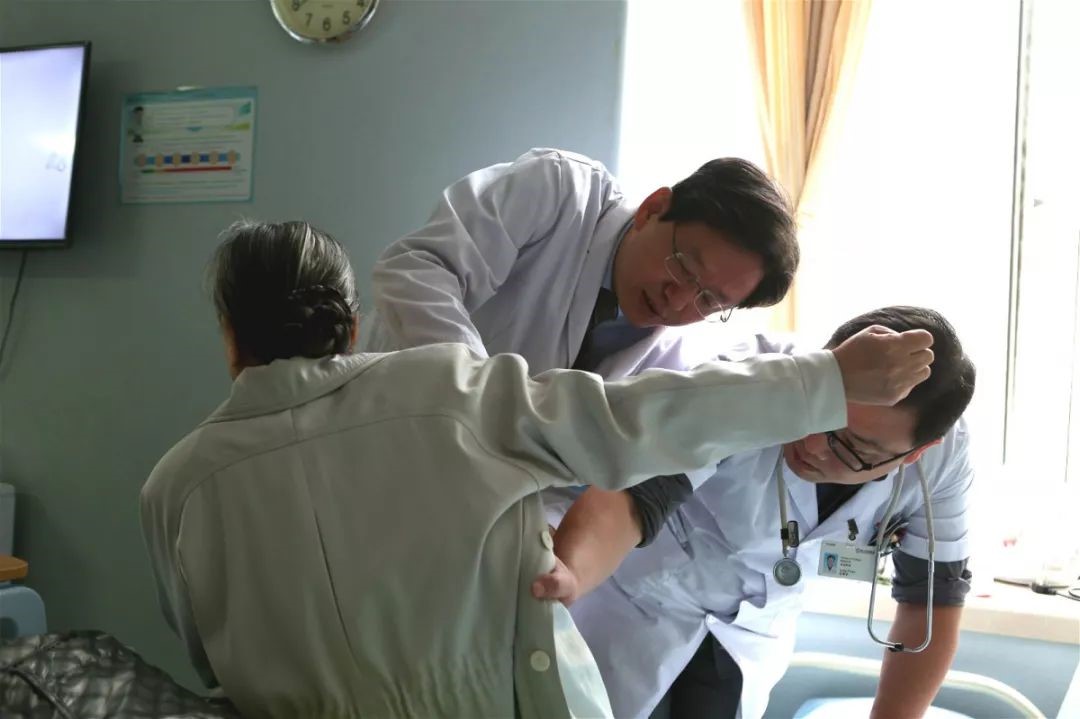
She gives up free treatment in New Zealand
Mrs. Mu has lived with her son in New Zealand since retirement and has obtained green card there, but sometimes she will return to Xiamen for a short period of time. One day in Xiamen, she watched TV at home.
On the TV, the words "ground-glass lesion in both lungs" struck her. It turned out that she also had these words on the medical examination form in March this year. The next day she went to review the chest CT results, saying "Compared with CT on March 21, 2018: ground-glass-like nodule in dorsal segment of right lower lung lobe and the left upper lung lobe is similar compared to before. The ground-glass nodule in her body has not changed, but the doctor advised her to observe closely. In October, she went to the local hospital for CT again. She found that the nodule did not become bigger, but its density increased. At this time, she recalled what she saw on the TV: “increased density” needs attention and it often indicates that the disease is progressing.
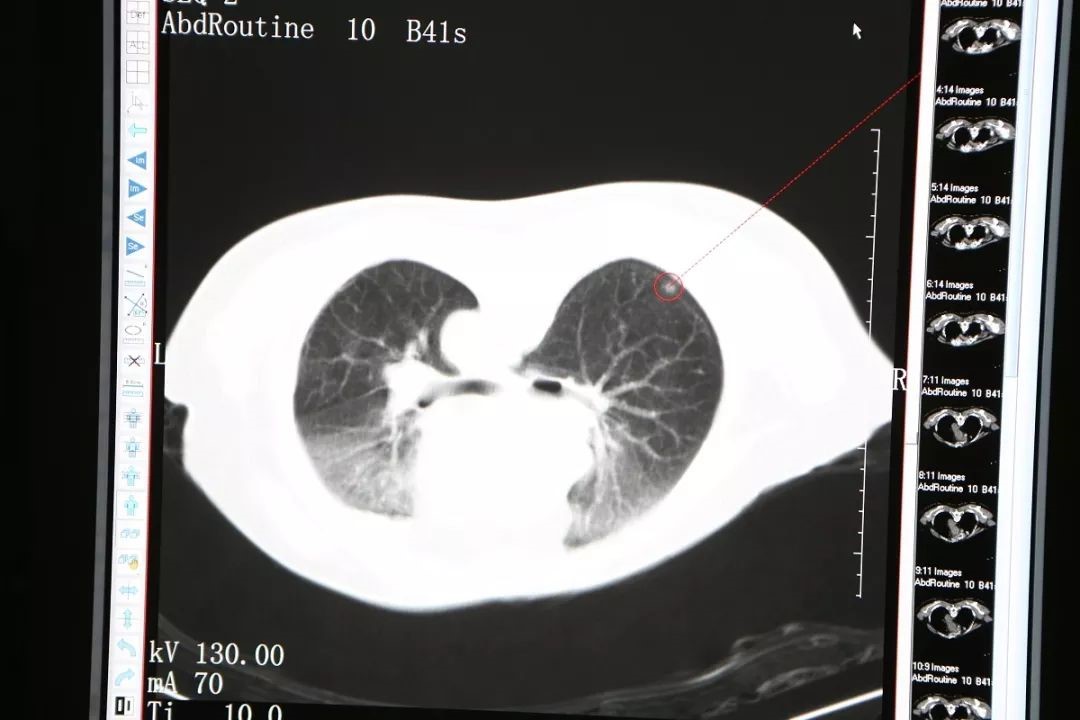
Pulmonary ground-glass-like nodules refer to even gas-bearing nodules that originate in the lungs. The lesion grows along the alveoli and does not destroy the framework of alveoli. However, its density is higher than that of normal lung tissue, thus appearing as a ground-glass shadow on CT image. Typical ground-glass nodules are precancerous lesions or early stage lung cancer.
The results of the test made Mrs. Mu restless. She immediately called the relatives of New Zealand to find the best hospitals in that area, but the treatments given by these hospitals worried her. There are two nodules in both lungs. Although they are very small, only 6 mm, unless the nodule is extracted by open surgery, it would be very hard to extract the tissue by means of a needle biopsy for pathological examination. In other words, to determine the nature of the nodule requires great risk and trauma. The local doctor told her that 60%-70% of chance that her condition is malignant. If the lesion was too small, it would be difficult to locate the nodules that have to be removed during surgery, and the bilateral pulmonary nodules cannot be removed simultaneously. Doctors’ words throwed Mrs. Mu into great fear. Later, she learned that cryosurgery can eliminate lung nodules, but the hospitals in New Zealand have not introduced the technology yet, so she dismissed the idea of going to New Zealand for treatment. Although she can be treated free of charge in New Zealand, she clearly told her family that she will not to go to New Zealand for treatment.

Rushed to ‘Fuda’ hospital
Later, she and her family learned through various information channels that Fuda uses cryosurgery to eliminate pulmonary nodules. The treatment was not traditional open surgery, but minimally invasive treatment. This information brought hope to Mrs. Mu and she called Fuda for consultation. The treatment plan given by the doctors from Fuda satisfied her need and she took a 5-hour train ride from Xiamen to Guangzhou Fuda without hesitation.
Upon arrival, Mrs. Mu could not wait to see Dr. Niu Lizhi and Dr. Long Xinan. Dr. Long introduced her to Dr. Niu, “Patient’s right lower lobe and the left upper lobe have similar ground-glass-like nodules. The inflammatory lesions of right lower lobe are newly diagnosed, but initial diagnosis of multiple lung nodules and nature yet to be determined. If go for traditional surgery for both lungs, two surgeries are needed, which is more traumatic to patient, and traditional operation induces fear to many elderly patients. In this case, we suggested cryosurgery ablates the nodules that are likely to turn malignant." Learned that she will go for treatment tomorrow, Mrs. Mu was very anxious. The nurses saw her uneasiness and talked to her for an hour. She took the nurse's hand and said, "I really appreciate it and I’m sorry for keeping you so long after you are off." The nurse said, holding her hand tightly, "Aunty, you are most welcome, it’s our job to make you feel at home. An hour is nothing compared to the peace we can bring you. We can stay all night if you want".
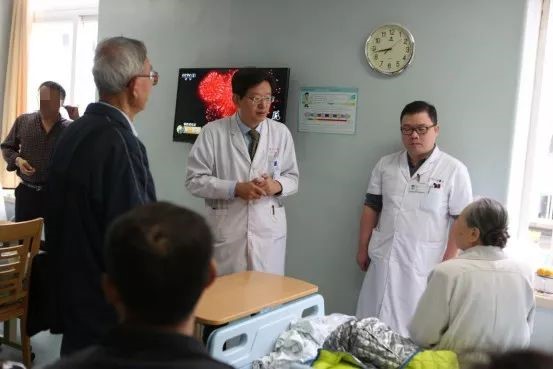
Cryosurgery of nodules in dorsal segment of right lung
On November 26, Mrs. Mu was sent to the minimally invasive treatment room for cryosurgery of right lung nodule under CT guidance with intravenous anesthesia. After performing general anesthesia, the surgeon turned her around. The nodules near the pleura of the right lung were targeted. Under CT guidance, the argon ultra-cold knife was used to accurately puncture the right lung nodule through the puncture point, and then the freezing started. During the operation, the frozen range and the presence or absence of complications were monitored by CT scan. After two 5-minute freeze cycles, CT scans showed that the nodules of the right lung were successfully ablated and ice ball covered the target area. After rewarming, the knife was removed and the puncture point was wrapped. The intraoperative blood loss was only 2 ml, no surgical specimen was obtained, the patient was awake, no discomfort was noted, and vital signs were stable.
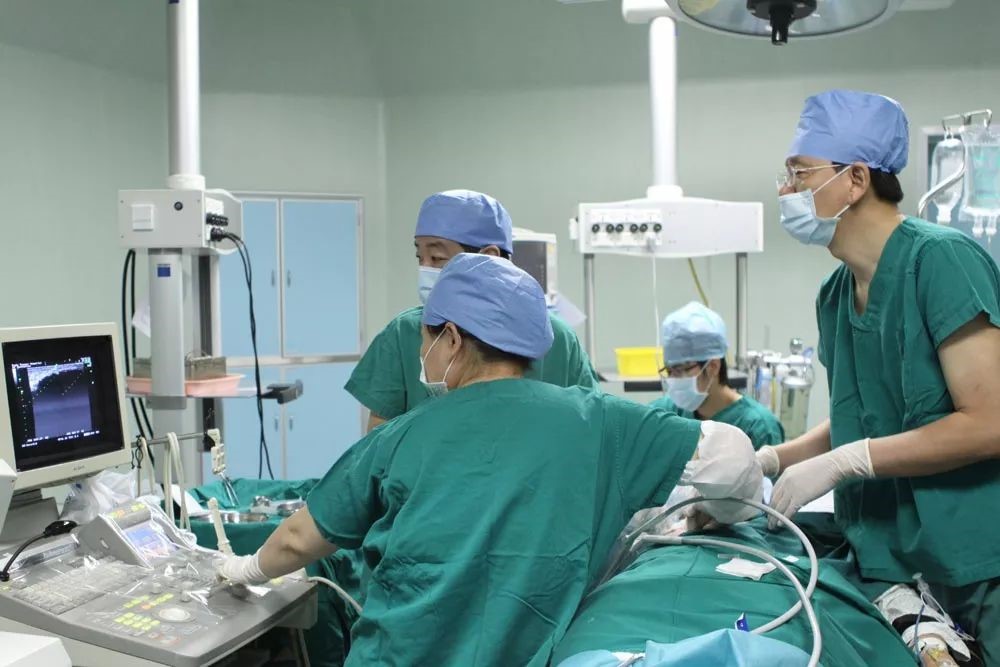
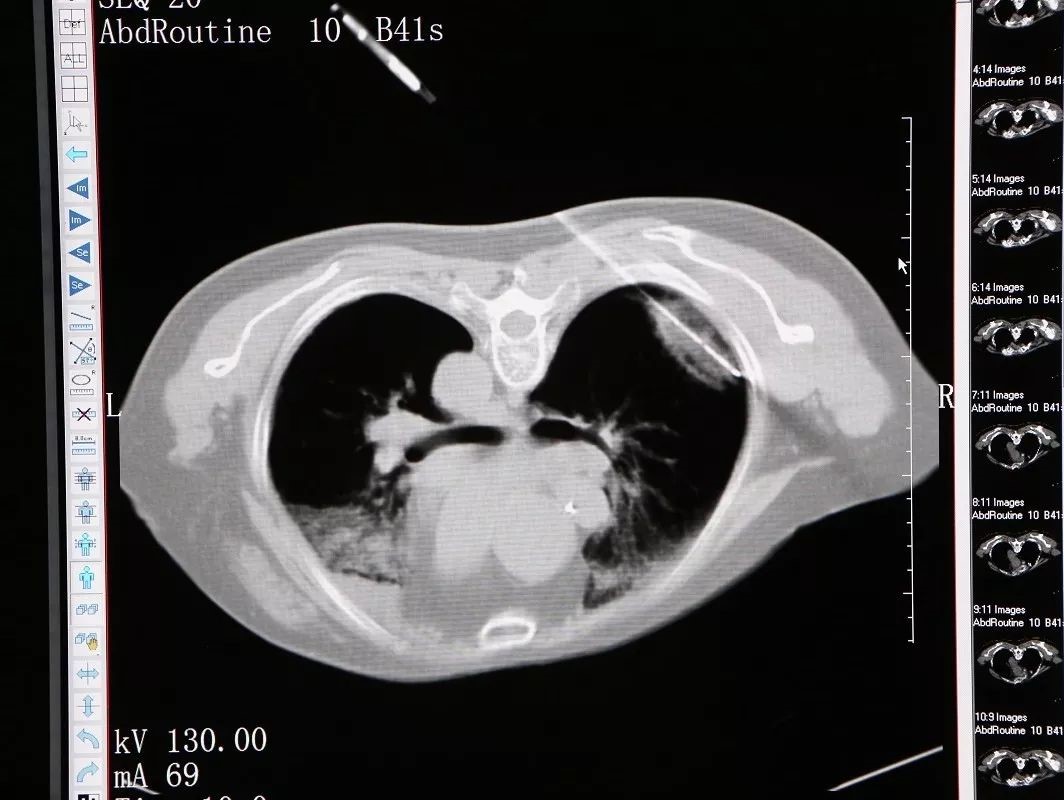
After three days’ treatment for symptoms noticed, Mrs. Mu recovered completely from the procedure without any complications. She was happy to leave the hospital.
According to Dr. Niu, more and more people are now detecting small pulmonary nodules in physical examination. Cryosurgery is a new option for patients who are unsuitable for surgery, for those with multiple small nodules that cannot be removed by surgery, and for whom feel extremely anxious to wait for surgery.